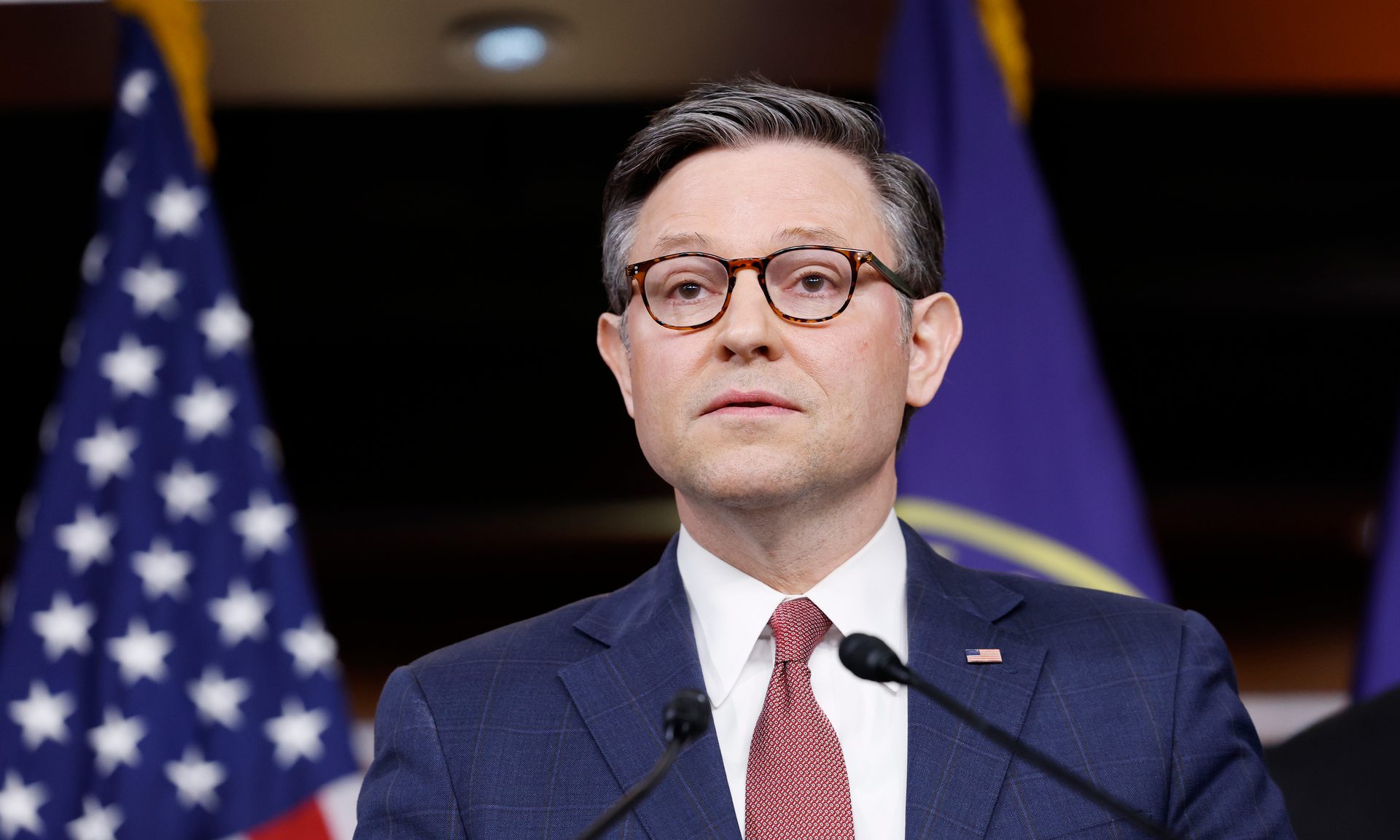House GOP Passes ‘One Big, Beautiful Bill’
President Trump’s budget bill, which will add trillions to the national debt, cleared its last hurdle in Congress.

Many, or all, of the products featured on this page are from our advertising partners who compensate us when you take certain actions on our website or click to take an action on their website. However, this does not influence our evaluations. Our opinions are our own. Here is a list of our partners and here's how we make money.
Updated on July 3.
House Republicans voted 218-214 today to pass the final version of the “one big, beautiful bill” requested by President Donald Trump. All but two Republicans voted in support; every Democrat voted against it.
After a marathon session of behind-the-scenes wrangling, the majority leadership secured enough votes from party holdouts early Thursday morning to advance the bill past a procedural hurdle, clearing the way for a final vote.
But that vote was delayed as minority Leader Hakeem Jeffries took to the floor just after 5 a.m. to speak against the bill — and spoke for a record 8 hours 44 minutes before ceding the floor and clearing the way for a vote.
» MORE: Read details on what’s in the bill and how it could impact your household’s finances.
On Wednesday, Speaker Mike Johnson told reporters “We can’t make everyone 100% happy. It's impossible. This is a deliberative body. It's a legislative process. By definition, all of us have to give up on our personal preferences.”
On Tuesday, the legislation passed the Senate on a 51-50 vote, after three Republicans — Susan Collins (Maine), Thom Tillis (North Carolina) and Rand Paul (Kentucky) — broke party line and prompted Vice President JD Vance to step in to break the tie. The Senate bill proposed deeper Medicaid health care cuts than the House version, a key sticking point for dissenting Republicans.
The bill falls largely in line with the requests made by Trump in his $1.7 trillion 2026 budget proposal he released on May 2. It called on Congress to drastically cut non-defense spending and increase spending for defense and homeland security, including border security. Trump’s proposal was a key influence in the GOP’s budget resolution process.
Here’s a recap of how the budget process has played out this year:
- On April 10, the House GOP passed a sweeping budget blueprint that paves the way for Trump’s fiscal plans to become a reality. The measure passed by a razor-thin margin of 216 to 214.
- The House GOP adopted a framework identical to the one approved by the Senate on April 5, which unlocked a process called reconciliation, which would require only a simple 51-vote majority to pass. The reconciliation process also prevents Democrats from filibustering.
- On May 2, Trump officially released his budget framework, known as a “skinny budget,” in that it’s a summary of his proposals, not the full budget, which includes more comprehensive details.
- On May 22, the House bill passed its reconciled bill.
- On July 1, the Senate passed its version of the reconciled bill.
- On July 3, the House passed the reconciled bill.
Here’s what was in Trump’s budget framework:
The biggest cuts on Trump’s wish list include state and international programs (-84%); National Science Foundation (-56%); Environmental Protection Agency (-54%); Housing and Urban Development (-44%); Department of Labor (-35%); Small Business Administration (-33%); Department of the Interior (-30%); Department of Health and Human Services (-26%); and NASA (-24%). Trump instructed additional cuts to the Treasury Department, Department of Agriculture, Department of Commerce, Department of Education and the Justice Department.
The Social Security Administration budget was unchanged.
The only departments to receive funding increases include the Department of Energy (+3%); Department of Veterans Affairs (+4%); Transportation Department (+6%); and Department of Defense (+13%). As mentioned earlier, Trump allocated a 65% increase to the Department of Homeland Security’s budget.
Since Trump took office, he has relied on executive orders and the efforts of his so-called Department of Government Efficiency, or DOGE, to fulfill his priorities. Those have included downsizing the federal workforce, as well as probing and dismantling certain government departments. Trump has also launched a bevy of tariffs that have sparked uncertainty in the markets and among economists, as well as consumers and business leaders.
(Photo by Anna Moneymaker/Getty Images News via Getty Images)
Article sources
NerdWallet writers are subject matter authorities who use primary,
trustworthy sources to inform their work, including peer-reviewed
studies, government websites, academic research and interviews with
industry experts. All content is fact-checked for accuracy, timeliness
and relevance. You can learn more about NerdWallet's high
standards for journalism by reading our
editorial guidelines.
Related articles







